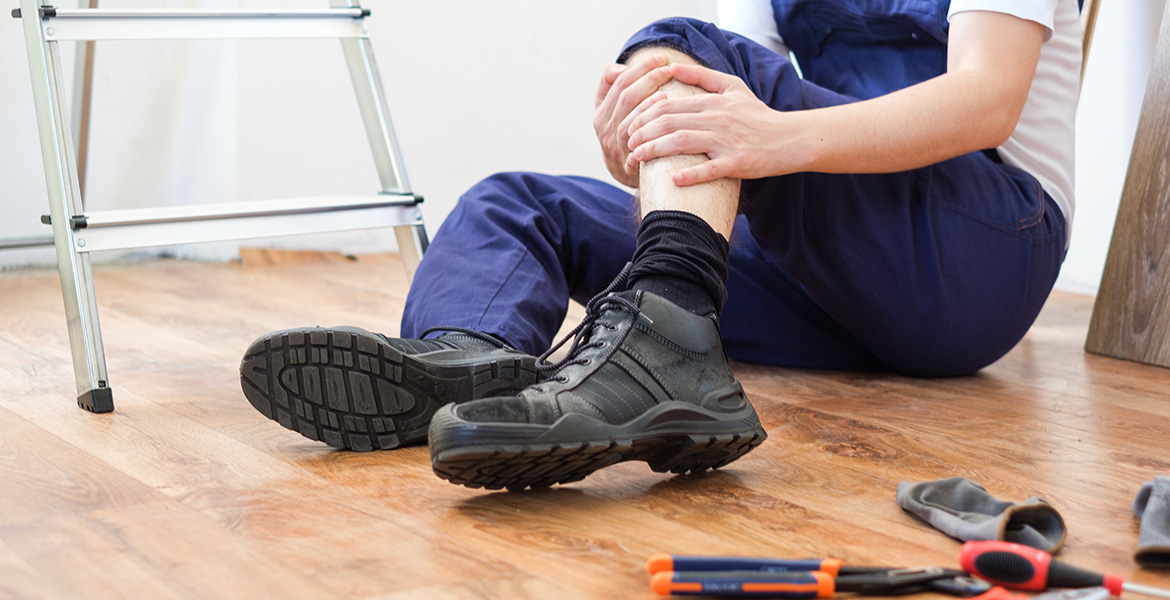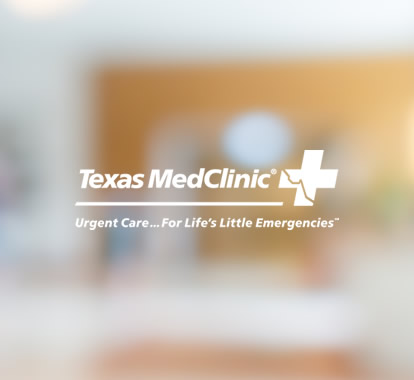Most Common On-The-Job Injuries And How To Avoid Them
August 22, 2022

Maintaining a safe and healthy work environment should be the top priority of every employer, yet even the most vigilant business owner is bound to have an employee injured while on the job. In fact, according to the U.S. Bureau of Labor Statistics, private industry employers reported more than 1.1 million nonfatal workplace injuries and illnesses in 2020 alone.
To reduce the risk of employee injury, it is important to know which workplace injuries are most common, how to avoid such injuries, and what to do should an employee get hurt.
Of the 1,176,340 cases reported to the U.S. Bureau of Labor and Statistics in 2020, the top five injuries experienced by employees were:
- Overexertion and Bodily Reaction – employees were injured while lifting or lowering, or while engaging in repetitive motion involving microtasks
- Falls and Slips/Trips (without a fall)
- Contact With Object or Equipment – employees were either struck by, struck against, or compressed by an object or piece of equipment
- Transportation Incidents – roadway incidents involving motorized land vehicles
Tips for Preventing On-the-Job Injuries
Many workplace injuries are preventable. Here are some tips to help keep your employees safe.
Overexertion and Bodily Reaction
Overexertion is caused by excessive physical effort while performing activities like lifting, pushing, pulling, holding, bending, reaching, and carrying among others.
Bodily reaction injuries typically do not involve strenuous effort but put stress and/or strain on parts of the body by requiring repetition of tasks (i.e.- typing, texting, using a mouse, or the repetitive use of tools like screwdrivers or medical instruments).
You can help employees avoid such injuries by:
- Making mechanical assist devices available to help employees transport heavy loads
- Offering height-adjustable workstations
- Moving tools and materials so they can be accessed without overreaching
- Reducing the length of shifts
- Allowing more breaks for rest and recovery
- Rotating employees through jobs that are physically tiring
- Providing personal protective equipment (PPE) when appropriate
- Most falls occur when employees lose their balance while on a ladder, scaffolding, or roof. Find ways for employees to complete most work on the ground without using a ladder or scaffolding.
- Make sure ladders are carefully inspected and are properly matched to an employee’s weight and task.
- Reduce the risk of tripping by maintaining clear walking areas.
- Avoid carrying heavy or bulky loads up or down stairs.
- Avoid slips by wearing shoes with non-slip soles and cleaning boots or shoes off on a doormat before entering the workplace.
- Avoid walking through deposits of water, grease, oil, and any other debris collected on the floor.
- Make sure work areas remain neat and employees follow all warning labels and/or signs posted on equipment or in the workplace.
- Train employees to stay aware of what is going around them and watch for forklifts and other moving objects.
- Make sure employees wear all appropriate protective gear.
- Enforce seat belt use when employees are driving.
- Do not allow employees to drive irregular hours or beyond normal working hours.
- Do not ask employees to conduct business on the phone while driving.
- Check employee driving records, both before hiring and periodically thereafter.
What to Do When an Employee is Injured on the Job
- Evaluate the need for medical care – When in doubt, call 911 for emergency care. For non-emergency injuries, coordinate care with approved medical facilities (provided you have worker’s compensation insurance).
- Collect information about the incident – Make note of who was injured, the date/time of the injury, the circumstances surrounding the incident, what medical treatment was sought, and the names of any witnesses to the incident.
- Report injuries to your workers’ compensation provider if you carry insurance.
- Support your employee’s recovery by facilitating communication between the employee, the medical provider, and the insurance carrier.
- When your employee is ready to return to work, be prepared to offer alternative duties until your employee is fully healed from his or her injury.
Should an on-the-job injury take place, Texas MedClinic Urgent Care is ready to help, offering a full complement of work injury and occupational medicine services. Our clinics are staffed with experienced physicians, physician assistants, and nurse practitioners who provide ideal care for on-the-job injuries and accidents.


